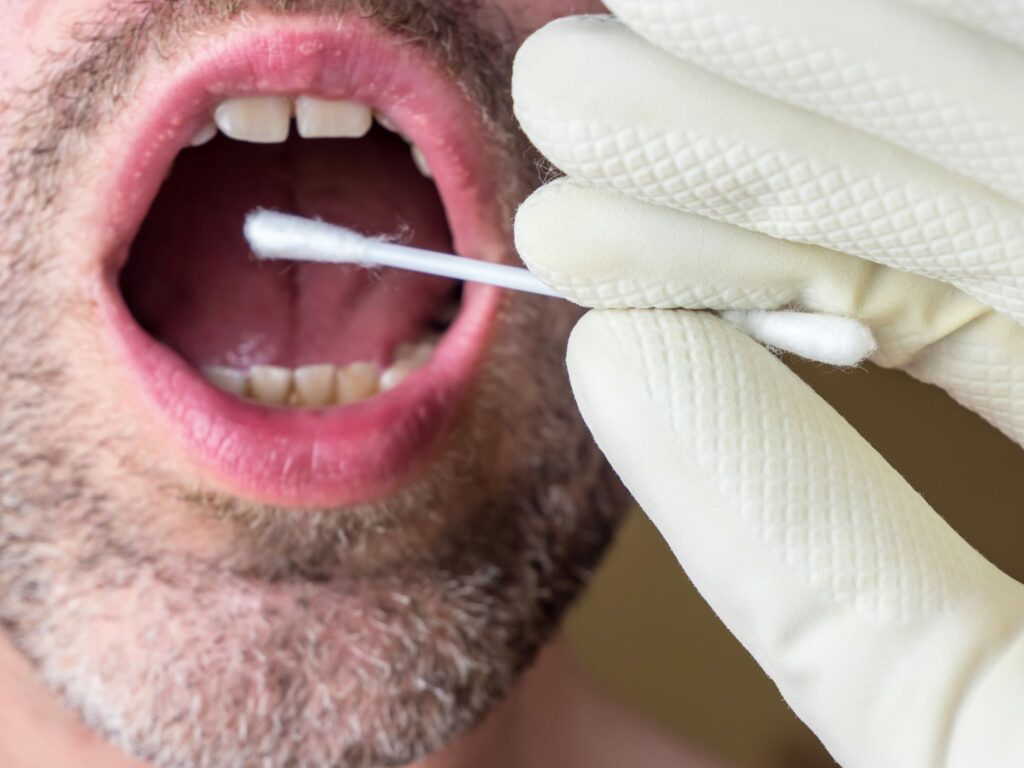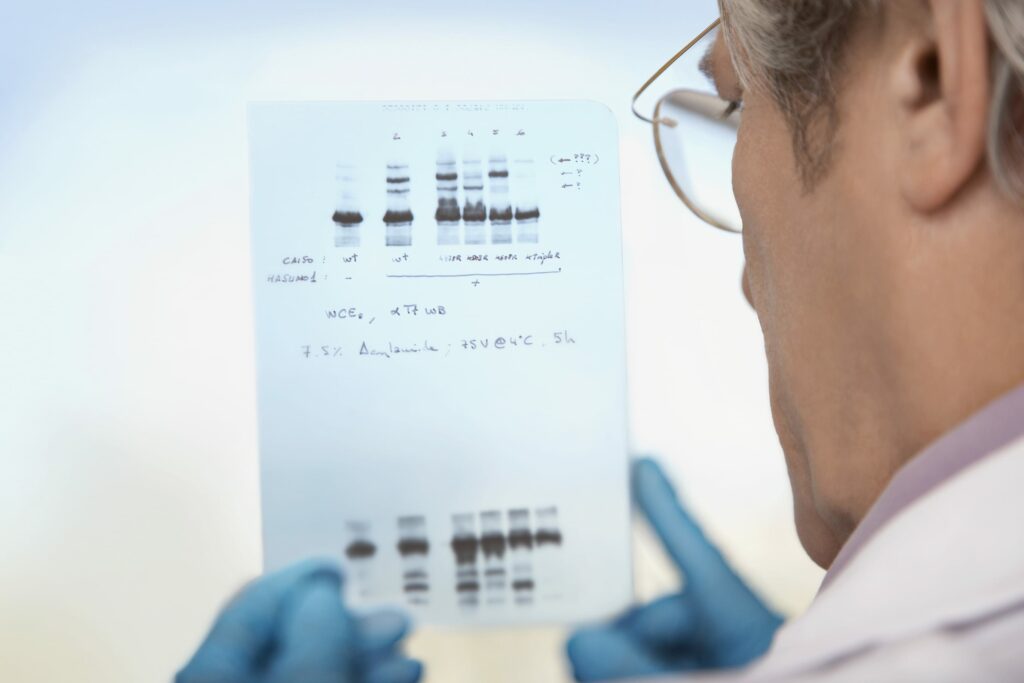Recent studies show genetic testing allows dermatologists to create more precise and individualized treatment plans.
The advent of genetic testing has opened new avenues in personalized dermatology. By analyzing an individual’s genetic makeup, dermatologists can now offer highly tailored treatment plans that improve efficacy and reduce adverse effects.
Genetic testing in dermatology focuses on identifying specific genetic markers associated with various skin conditions. These markers can predict how a patient’s skin might react to certain treatments and identify susceptibility to conditions such as psoriasis, eczema, and skin cancers.
Key Genetic Markers:
- Filaggrin Gene (FLG): Mutations in this gene are linked to atopic dermatitis and ichthyosis vulgaris.
- MC1R Gene: Variations in this gene are associated with red hair, fair skin, and increased risk of melanoma.
- TNF-α and IL-23 Genes: These markers are related to inflammatory skin conditions like psoriasis.
How Genetic Testing is Performed

Genetic testing involves collecting a DNA sample, usually through a cheek swab or blood sample. This sample is then analyzed in a laboratory to detect specific genetic variations. The results provide a comprehensive genetic profile that can guide dermatologists in selecting the most appropriate treatments.
Implications for Treatment Outcomes
By leveraging genetic information, dermatologists can develop personalized treatment plans that:
- Increase Efficacy: Tailored treatments are more likely to succeed because they align with the patient’s genetic predispositions.
- Reduce Adverse Reactions: Understanding genetic makeup helps in avoiding treatments that may cause harmful side effects.
- Predict Disease Progression: Genetic markers can indicate the likelihood of disease progression, allowing for early intervention and better management.
Documented Cases in Personalized Dermatology

Several documented cases highlight the success of integrating genetic testing into dermatological practice:
- Case Study 1: Filaggrin Gene (FLG) Mutations and Atopic Dermatitis
A study by Brown et al. (2008) highlighted that patients with atopic dermatitis who had FLG mutations showed improved outcomes when treated with moisturizing therapies specifically designed to enhance skin barrier function. These treatments targeted the underlying genetic defect, leading to better management of their condition. - Case Study 2: MC1R Gene Variations and Melanoma Risk
Research published in the Journal of the National Cancer Institute demonstrated that individuals with variations in the MC1R gene, which increases the risk of melanoma, benefited significantly from personalized monitoring and preventive measures. These patients underwent more frequent skin checks and adopted rigorous sun protection practices, leading to early detection and improved management of melanoma.
Future Directions
The field of personalized dermatology is continually evolving. Advances in genomics and biotechnology promise even more precise and effective treatments. Future research may uncover additional genetic markers and lead to the development of new therapies tailored to individual genetic profiles.
References
- Brown, S. J., & McLean, W. H. (2012). Eczema genetics: Current state of knowledge and future goals. Journal of Investigative Dermatology, 132(3), 757-765.
- Roberts, N. J., et al. (2016). The clinical use of genetic tests at the end of the beginning of genomics. Journal of Clinical Investigation, 126(2), 454-463.
- Bowcock, A. M., & Krueger, J. G. (2005). Getting under the skin: The immunogenetics of psoriasis. Nature Reviews Immunology, 5(9), 699-711.
- Brown, S. J., et al. (2008). Loss-of-function mutations in the filaggrin gene are associated with increased risk of atopic dermatitis and asthma in Scottish and Irish populations. Journal of Allergy and Clinical Immunology, 121(3), 697-700.
- Pasquali, E., et al. (2015). MC1R variants increased risk of melanoma in a large prospective study of UK Biobank participants. Journal of the National Cancer Institute, 107(10), djv210.
Photo 190773692 © Victor Moussa | Dreamstime.com




